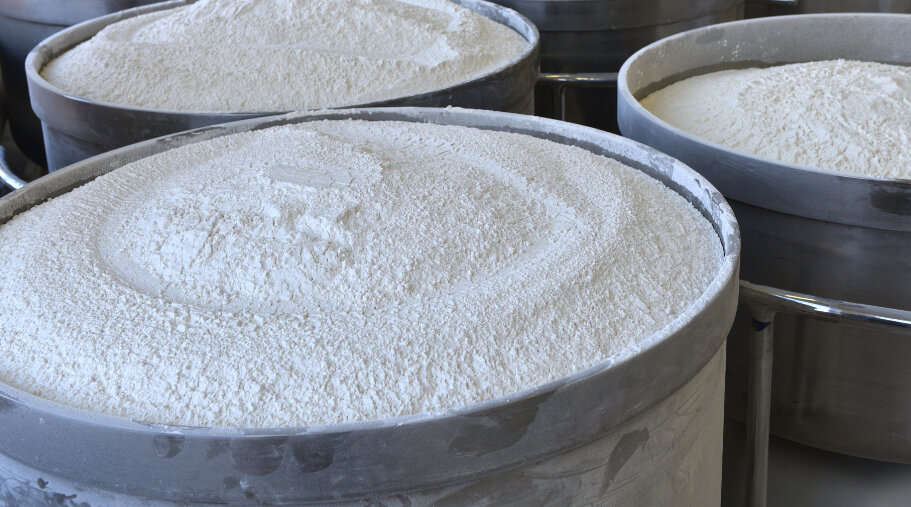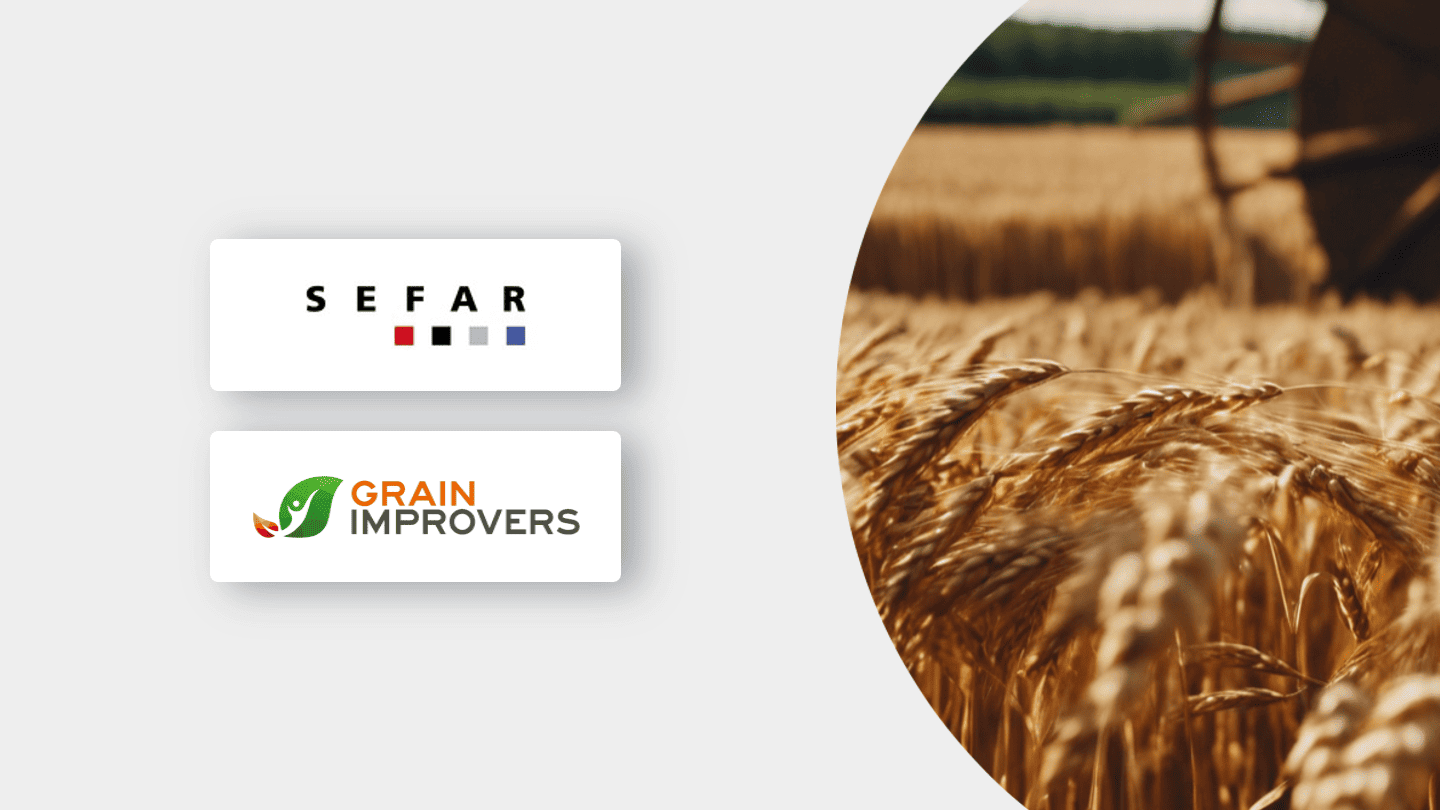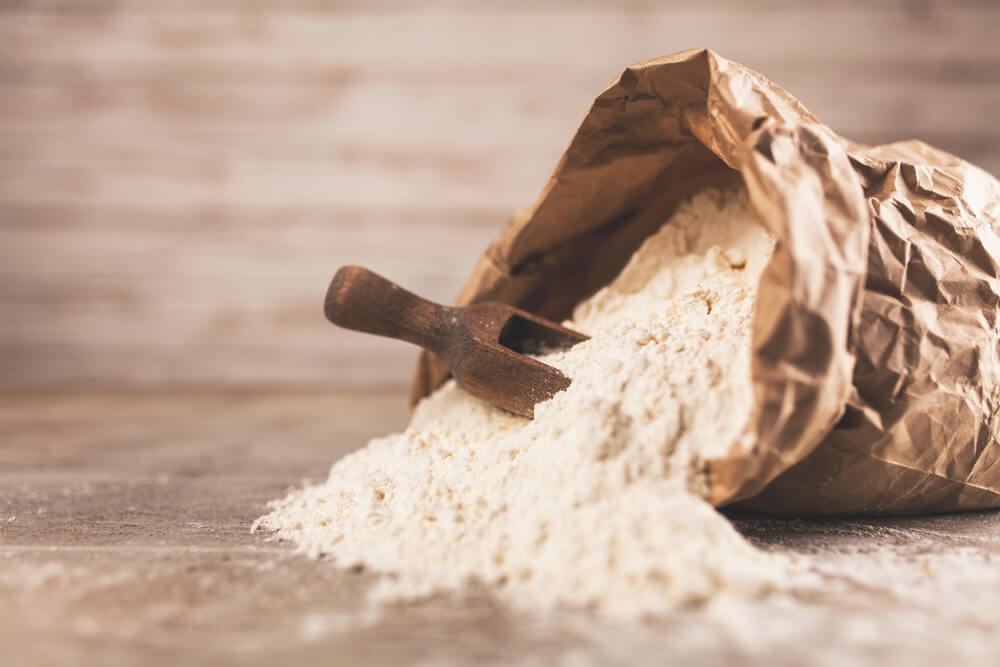According to the Food and Agriculture Organization of the United Nations (FAO) , global wheat production in 2025 reached 809.7 million tons, exceeding 2024 figures by 1.3%. However, quantitative yield data does not always reflect the technological potential of the harvest — a key factor determining flour quality and grain processing efficiency. The technological potential directly depends on the natural, climatic, and agronomic conditions of specific regions. Despite positive yield trends in some countries, both among world leaders and mid-level producers, 2025 is characterized by unstable wheat quality. Under these conditions, grain processing specialists must promptly assess grain quality and take measures to maintain the stability of processed product characteristics.
Global Grain Quality Challenges in 2025
Drought and Extremely High Temperatures
This issue affected several key agricultural regions. High temperatures combined with low soil moisture caused direct damage to cereals: reduced test weight, yield, starch and protein content, and deteriorated gluten quality. In southern and northeastern Germany, as well as central Italy, a rainfall deficit coincided with elevated average temperatures from mid-June, negatively impacting grain filling in soft wheat and biomass accumulation. In Romania, Bulgaria, and Greece, hot and dry weather primarily damaged spring crops, significantly lowering soil moisture during critical late vegetative and early reproductive stages. Similar climatic trends with autumn droughts and increased spring temperatures are recorded annually in Serbia.
Excess Moisture and Its Consequences
Contrary to arid regions, some areas faced excessive rainfall. This year, Finland, Estonia, and strategically important agricultural states in the USA experienced heavy rains that severely complicated fieldwork. This raised justified concerns about local yield losses and significant quality deterioration. Key risks include fungal infections during grain storage, decreased test weight, and unwanted activation of endogenous grain enzymes.
Climatic Instability
Constant weather variability creates serious difficulties for agricultural forecasting and planning. Australia illustrates this with some improvement toward year-end but marked by uneven rainfall distribution: prolonged drought persisted in the south during spring and summer, while the north experienced substantial monsoonal rains from November to April. Additional stress came from hot nights disrupting natural crop development cycles. Moreover, increasing soil erosion reduces soil fertility, moisture retention, and wheat yield.
Key Issues in Technological Potential of the 2025 Wheat Harvest
— Protein content decreased while test weight remained high; linked to intense starch granule growth under elevated temperatures in some regions, this worsens gluten quality and results in dough with reduced rheological properties—low hydration, elasticity, and strength—complicating bread production.
— Test weight, protein, and starch decreased in wheat from drought-prone areas experiencing significant soil erosion, reducing yield of low-ash flour grades and degrading baking qualities, impacting cost and product quality.
— Elevated amylase activity and high grain moisture caused by heavy rainfall during harvest pose risks of severe microbiological contamination, leading to toxicity and drop in Falling Number (FN), deteriorating flour and bread safety, reducing loaf volume and causing uneven crust color.
Solutions with the help of Biotechnological Innovations
These factors demand optimal strategies to counter unstable technological properties. Modern biotechnological methods play a crucial role in producing high-quality flour from problem grain.
Implementation of patented innovative products from GRAIN IMPROVERS at grain preparation stage improves flour characteristics, enhances end-product quality, optimizes production, and increases profit by boosting overall yield and output of low-ash flour grades.
- GRAIN IMPROVERS SMART is designed for grain with low protein and starch content and for moisture-damaged grain with low Falling Number. It compensates protein and starch loss, improves extraction of protein fractions including subaleurone layer proteins, reduces microbial risk, toxicity, and enhances flour technological properties. It improves gluten quality, increasing dough elasticity, structure, volume, color, softness, flavor, and aroma of bakery products.
- GRAIN IMPROVERS RELAX targets wheat with partially denatured protein; enhances gluten elasticity and dough rheology. According to alveograph parameters, it increases L (dough extensibility) while maintaining work of deformation (W). It improves gluten network elasticity and extensibility, especially under high temperatures, drought, or poor storage conditions where gluten becomes brittle. The product simplifies bran removal, increases endosperm recovery, raises low-ash flour yield, and reduces bakery defects while enhancing volume.
- GRAIN IMPROVERS FN addresses processing wheat with high Falling Number typical of drought-affected harvests. Insufficient amylase activity in such grain lowers enzymatic activity of flour, worsens crust color, reduces volume and crumb porosity. Using the complex during grain tempering activates natural enzymatic processes and optimizes Falling Number.
Successfully overcoming the challenges of unstable grain quality in 2025 requires well-thought-out technological solutions and modern processing approaches. The patented innovative enzyme improvers GRAIN IMPROVERS are your reliable partner in enhancing flour quality and production efficiency. Their use stabilizes raw material parameters, improves dough rheology, and increases output of valuable flour types, directly boosting product quality and competitiveness. Applying these enzyme improvers simplifies milling, reduces equipment load, and improves overall mill production cycle efficiency.
Contact us to select solutions perfectly tailored to your grain and production cycle. Take a step towards consistent results, quality, and profit growth with GRAIN IMPROVERS!





